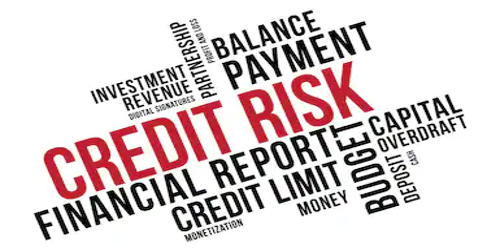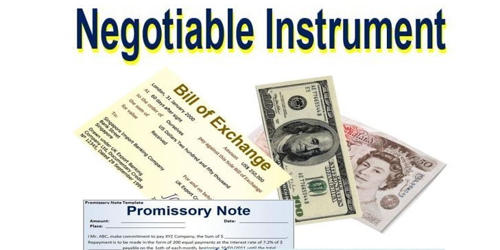Credit risk is a measure of the creditworthiness of a borrower. It is the risk of default on a debt that may arise from a borrower failing to make required payments. It refers to the risk of loss of principal or loss of a pecuniary reward stemming from a borrower’s failure in repaying a loan or else wise meet a contractual debt. In the first resort, the risk is that of the lender and includes lost principal and interest, disruption to cash flows, and increased collection costs. It is the risk of loss that may occur from the failure of any party to abide by the terms and conditions of any financial contract, principally, the failure to make required payments on loans due to an entity. The loss may be complete or partial. In an efficient market, higher levels of credit risk will be associated with higher borrowing costs. It is the
possibility of losing a lender takes on due to the possibility of a borrower not paying back a loan.
Losses can arise in a number of circumstances, for example:
- A company is unable to repay asset-secured fixed or floating charge debt.
- A business or consumer does not pay a trade invoice when due.
- A business does not pay an employee’s earned wages when due.
- An insolvent insurance company does not pay a policy obligation.
- An insolvent bank won’t return funds to a depositor.
Credit risk is the possibility of a loss resulting from a borrower’s failure to repay a loan or meet contractual obligations. The lender can also take out insurance against the risk or on-sell the debt to another company. When a lender faces heightened credit risk, it can be mitigated via a higher coupon rate, which provides for greater cash flows. In general, the higher the risk, the higher will be the interest rate that the debtor will be asked to pay on the debt. Credit risk mainly arises when borrowers are unable to pay due willingly or unwillingly.
Credit risk is calculated on the basis of the overall ability of the buyer to repay the loan. This calculation takes into account the borrowers’ revenue-generating ability, collateral assets, and taxing authority (like government and municipal bonds).
Types
Credit risk can be of the following types:
Credit default risk – The risk of loss arising from a debtor being unlikely to pay its loan obligations in full or the debtor is more than 90 days past due on any material credit obligation; default risk may impact all credit-sensitive transactions, including loans, securities, and derivatives.
Concentration risk – The risk associated with any single exposure or group of exposures with the potential to produce large enough losses to threaten a bank’s core operations.
Country risk – The risk of loss arising from a sovereign state freezing foreign currency payments (transfer/conversion risk) or when it defaults on its obligations (sovereign risk); this type of risk is prominently associated with the country’s macroeconomic performance and its political stability.
















